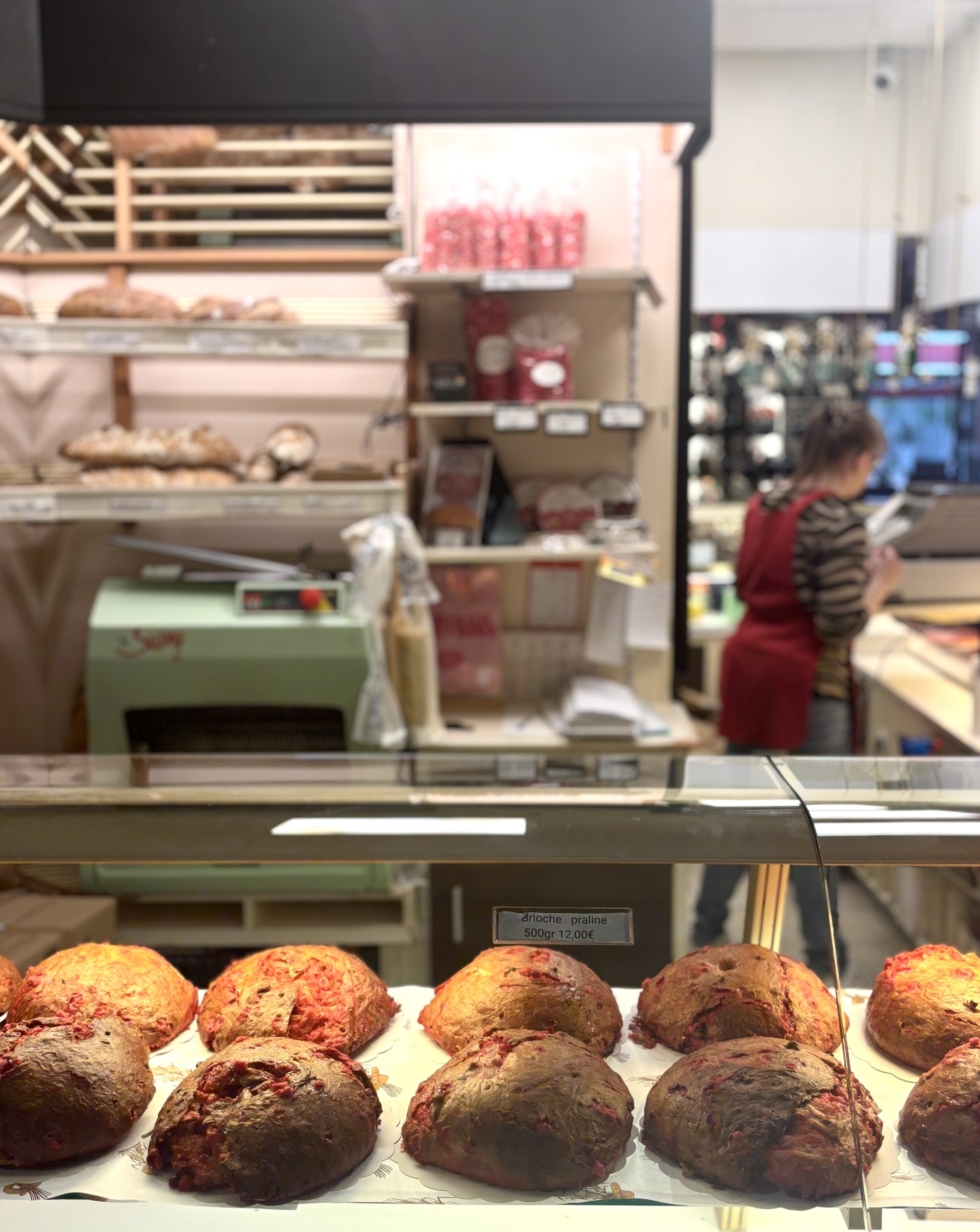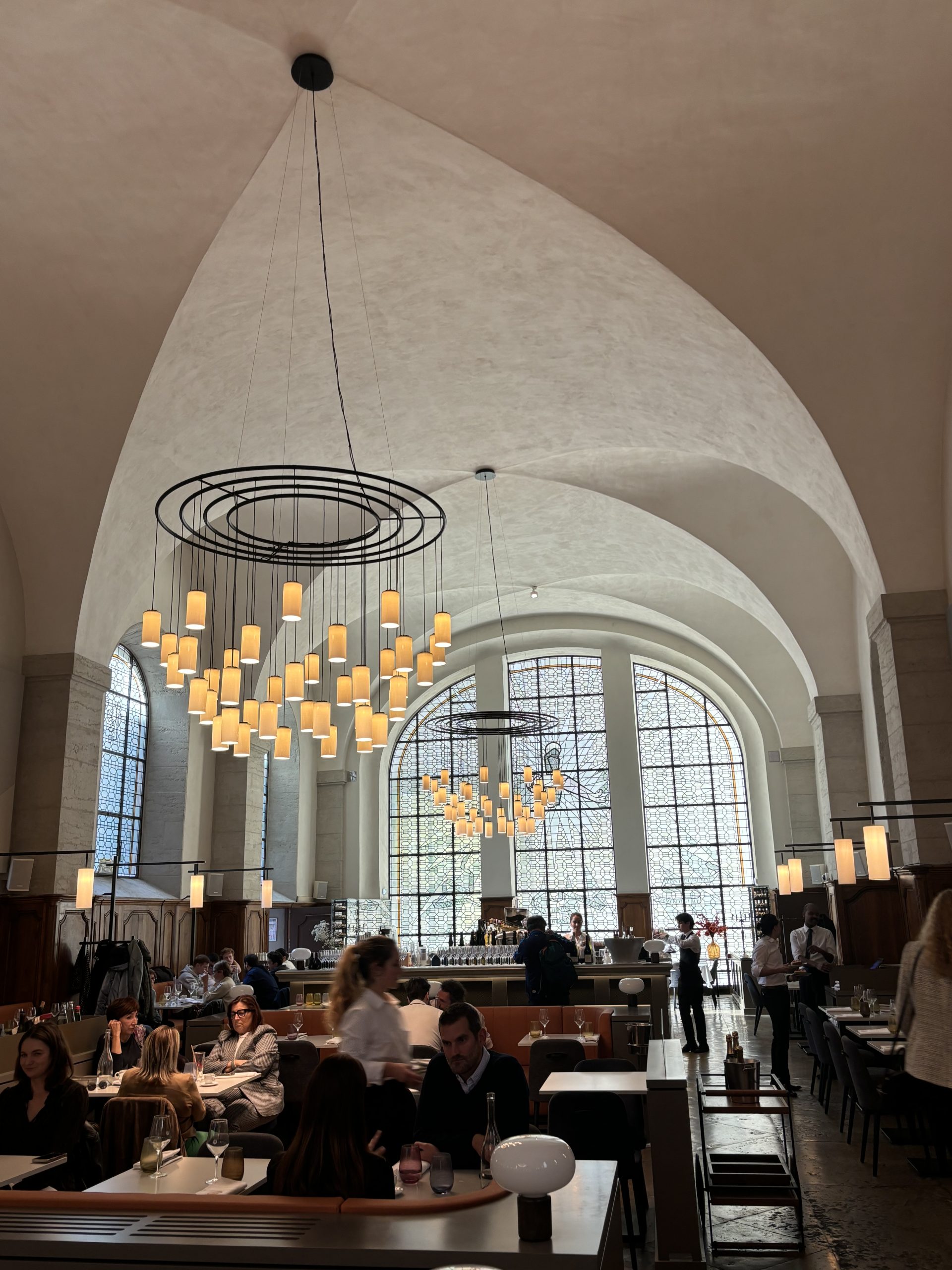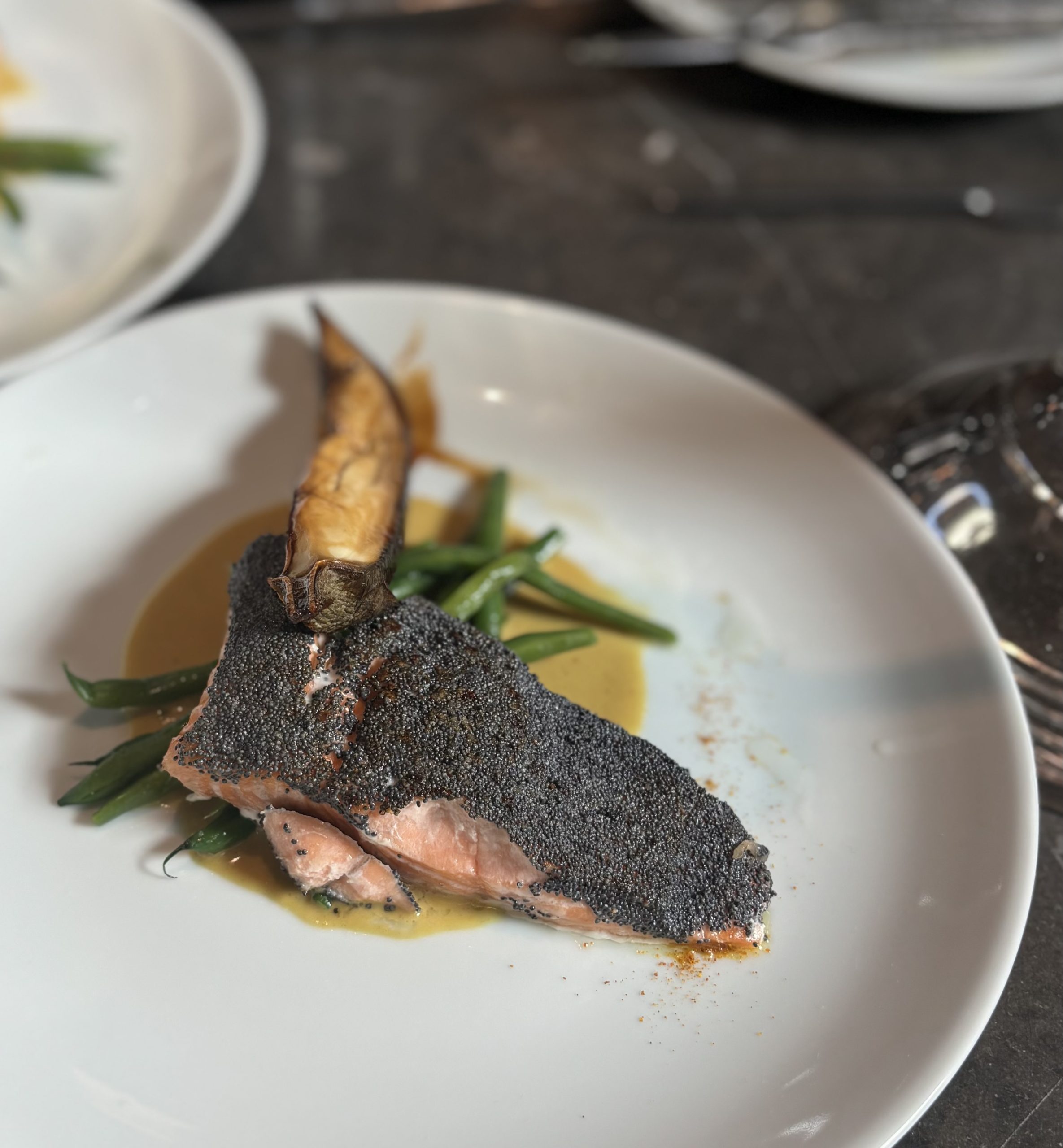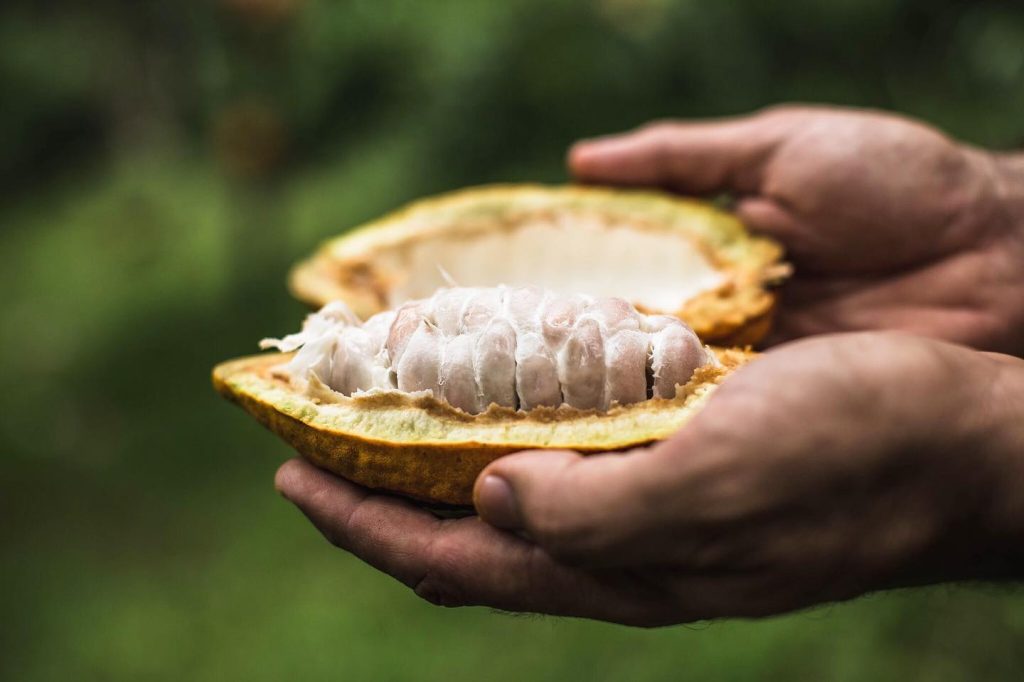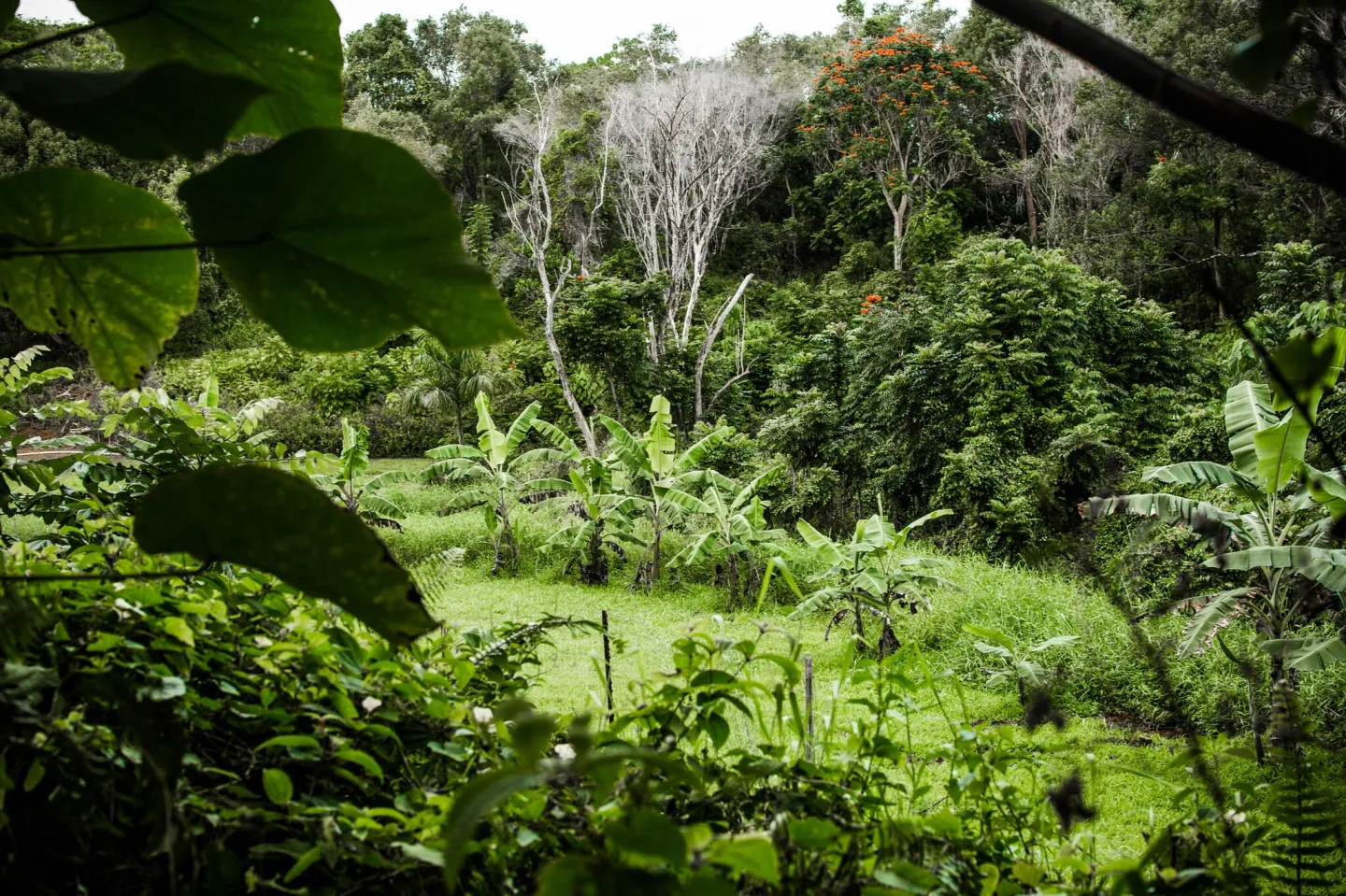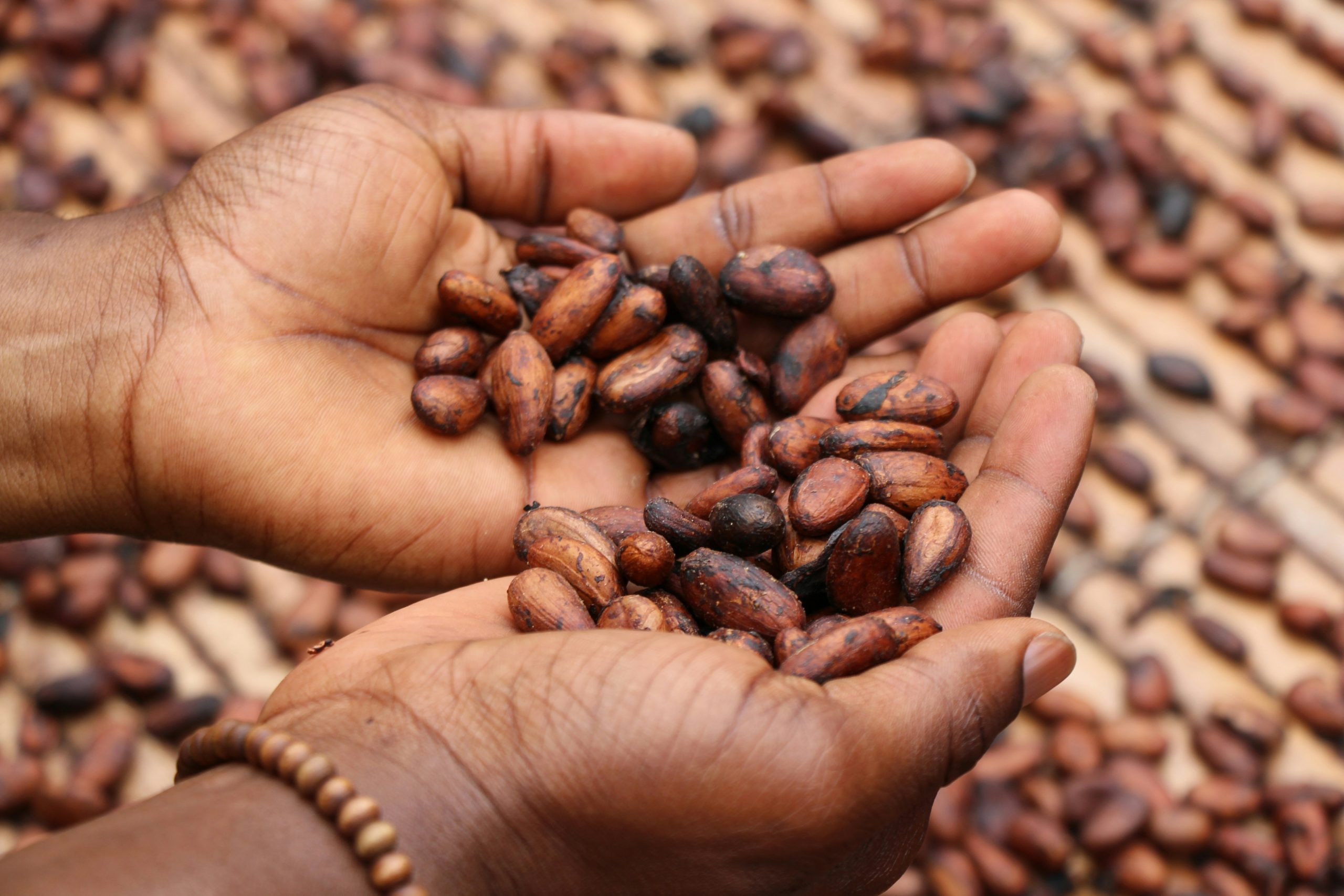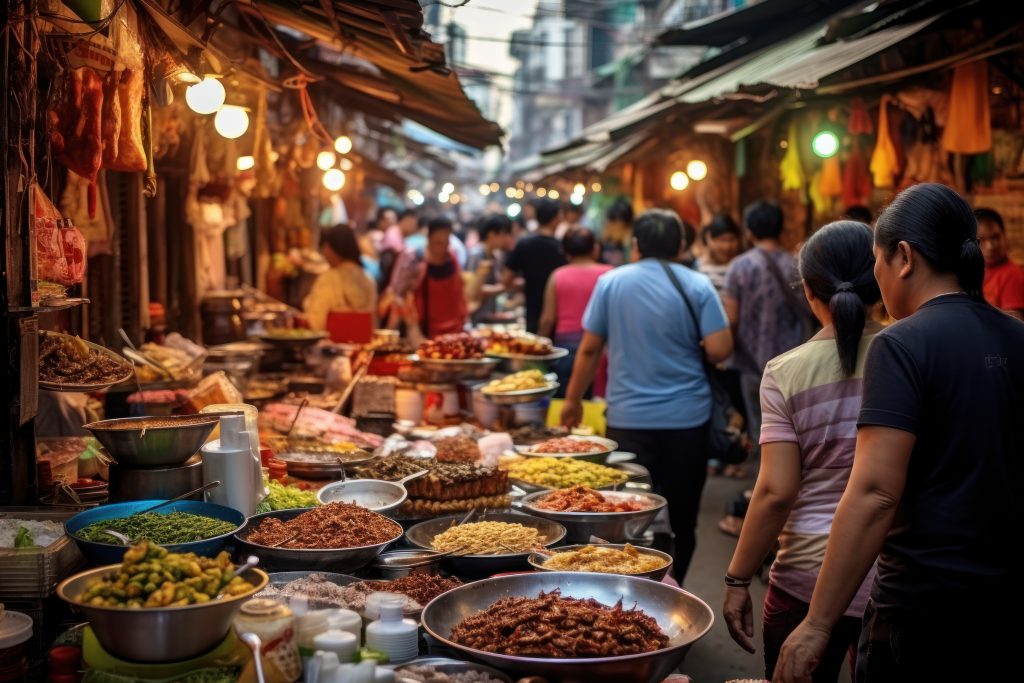
A Little Slice of France Off the Coast of Newfoundland
The culinary connections between Saint-Pierre-et-Miquelon and Newfoundland and Labrador embody sustainability and locality at their finest.
By Sabrina Pirillo
Just 25 kilometres off the southern coast of Newfoundland sits the archipelago of Saint-Pierre-et-Miquelon, a collectivity of France since 1985 and the last remaining vestige of New France. It’s a quintessential French experience without setting foot in mainland France—only a short flight or ferry ride from Fortune in Newfoundland and Labrador.
French Connections
The French are known for their mastery of bread, wine and cheese—and on Saint-Pierre-et-Miquelon those traditions thrive, adapted to the islands’ windswept North Atlantic setting. Fishing was once the cornerstone of life here, and the remnants of that heritage can still be experienced on Île aux Marins, or Sailors Island, where weathered houses tell stories of a community tied to the sea.
Back in Saint-Pierre, with its brightly painted houses and European flair, restaurants celebrate this blend of old-world culture and island terroir. At café and boutique L’Essentiel, chef-owner Nathalie Goupilliere sources raw milk cheeses, charcuteries and wines from small producers and local businesses. Nearby, Ligne Verte, a hydroponic farm, produces vegetables and herbs year-round, supplying the region’s vendors and restaurants with a steady supply of fresh greens.

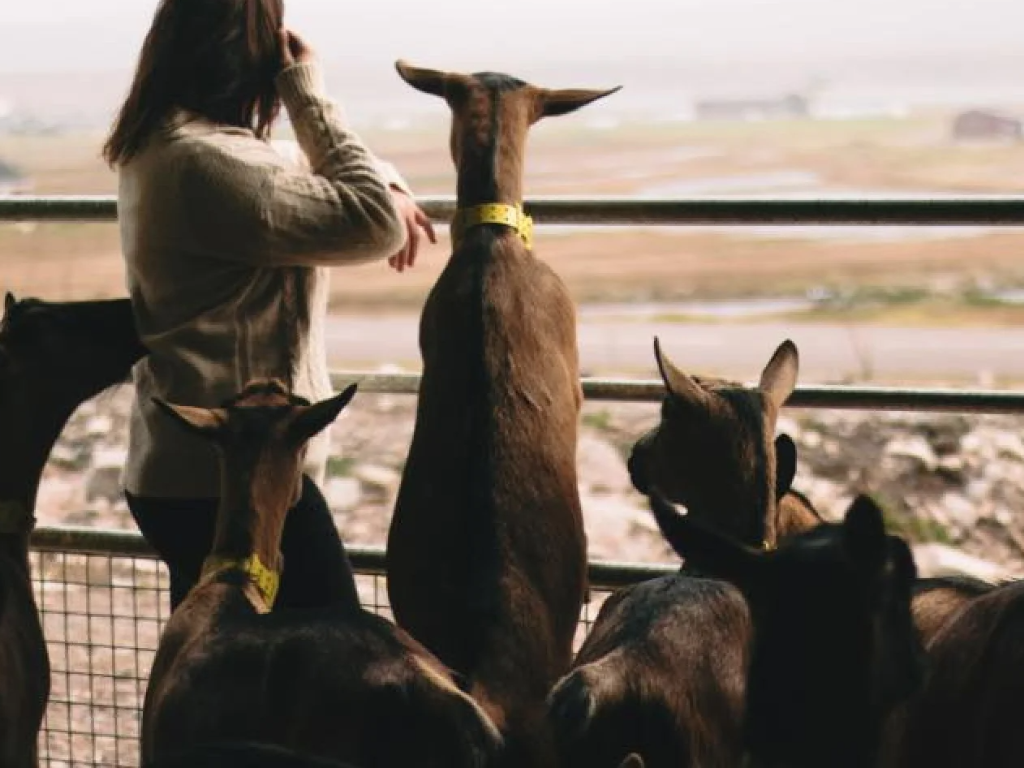
On neighbouring Miquelon, agriculture has flourished since the 19th century, with farming, livestock and coastal fishing shaping the island’s food identity. A gourmet tour might include a visit to Saveurs Fermières goat farm to sample artisanal cheese while learning about the surrounding landscape. It’s also where visitors can discover La Brasserie Artisanale de l’Anse, the archipelago’s only brewery. Founded by Laura and Gwenaël, the microbrewery produces Miqu’Ale, a beer brewed with local ingredients. Their collaborations extend across the water—like a partnership with Newfoundland’s Port Rexton Brewing Company—creating unique beers that bridge French and Canadian shores.
Canadian Roots
Across the water in Newfoundland and Labrador, chefs are similarly committed to land and sea, with a focus on foraging, preservation and zero waste. Here, culinary traditions are rooted in perseverance—making the most of what nature provides, often against the odds.
Less than an hour from St. John’s, in the coastal town of Cape Broyle, chef Alex Shaw leads immersive experiences that highlight this philosophy. As culinary director of the soon-to-open Cape Retreat Culinary Program and through her Alder Cottage Cookery School, Shaw brings guests on foraging walks, cooking classes and dining experiences that tell the story of Newfoundland’s resourceful foodways. The retreat itself will feature six sleek, modern cabins and a glass-fronted culinary hub, all designed to showcase sweeping views of the rugged coastline and North Atlantic.


She works like an artist whose palette is the forest and the shore, treating every ingredient with respect. Scraps become broth, stems transform into pickles, peels turn into powders. Where others see waste, she sees preservation—making sure each element is honoured to its fullest potential. Her approach reflects the province’s culinary culture: fresh, local and deeply tied to both resilience and creativity.
Together, Saint-Pierre-et-Miquelon and Newfoundland form a culinary dialogue across the North Atlantic—rooted in resilience, tradition and a shared respect for land and sea. For travellers, it’s a chance to taste two cultures at once, linked by history and sustained by place.






